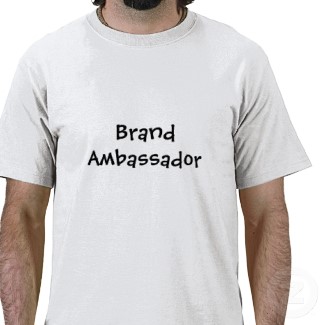Gamification: Turning Work Into Play
Gamification in the workplace is still in the early adoption phase, but we've talked about it before on our blog. As gamificiation in the consumer field is taking off, more people are talking about how it can be incorporated in the workplace.
According to research, only 10% of employees report an understanding of their company's mission statement. Couple that with the increase in the amount of time and money people spend playing online games, and one can begin to question whether or not leaders can apply gaming techniques in the workplace to create more engaged employees.
This chart, which was created by Socialcast and featured on their blog, tries to compare the relationship between disengaged employees and the increase of online games. With the explosive success of the billion dollar online gaming industry, it's no wonder why employers would be interested in incorporating gaming techniques at work.

One particular takeaway from this chart is the comparison and similarities between the gaming world and the job world. From aiming to higher levels to receiving rewards, the two have similar underlying mechanics.
Do you think gamification in the workplace is a feasible idea? In what ways do you think employers could utilize it? Or, as Socialcast put it, is there something to be learned from this phenomenon that leaders can apply to their organizations to create more engaged employees? Sound off in the comments section. We'd love to hear your opinions.




